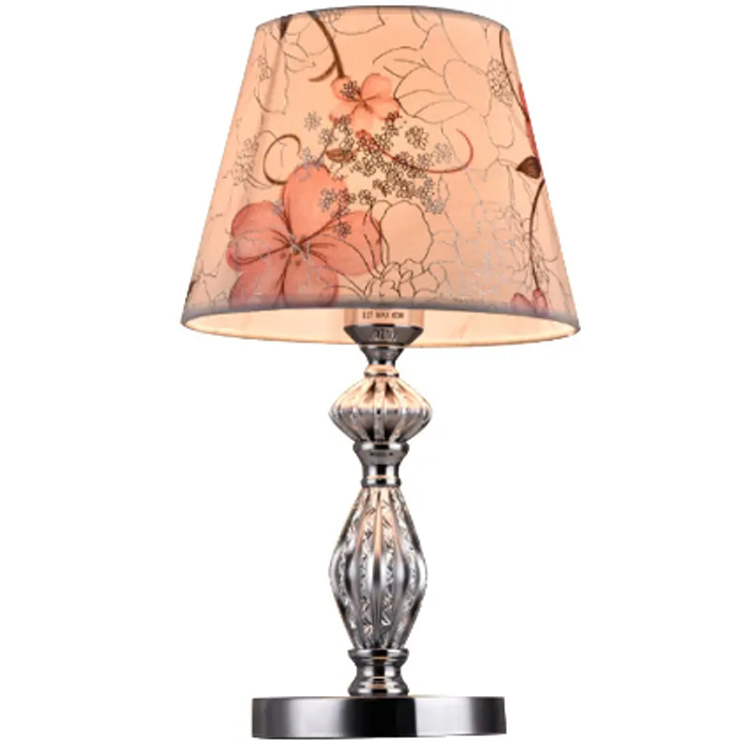The Bright Future of LED Lighting
2025-03-12
In the world of lighting, LED technology has rapidly emerged as the leading solution for both residential and commercial spaces. Known for its energy efficiency, long lifespan, and versatile applications, LED lighting is transforming how we illuminate our homes, offices, streets, and more. In this blog, we will explore the benefits of LED lighting, how it works, and why it’s quickly becoming the preferred lighting choice for millions worldwide.
What is LED Lighting?
LED stands for Light Emitting Diode, a type of semiconductor device that emits light when an electric current passes through it. Unlike traditional incandescent bulbs that rely on heating a filament to produce light, LEDs produce light through a process called electroluminescence, which involves the movement of electrons in the semiconductor material. This method of light generation is far more efficient, and it offers numerous advantages over other types of lighting, including compact fluorescent lamps (CFLs) and incandescent bulbs.
The Benefits of LED Lighting
1. Energy Efficiency
One of the main advantages of LED lighting is its energy efficiency. LEDs consume significantly less power compared to incandescent and fluorescent lights. While incandescent bulbs use around 60 to 100 watts, LED lights require only 10 to 15 watts for the same amount of brightness. This difference can result in substantial savings on electricity bills, especially when you consider how long LEDs last.
2. Long Lifespan
LED lights have an incredibly long lifespan. On average, an LED bulb can last anywhere from 25,000 to 50,000 hours, which is far longer than incandescent bulbs that typically last only 1,000 hours. This extended lifespan means fewer replacements, reducing both the cost and waste associated with lighting. LED lighting is particularly beneficial in hard-to-reach locations where frequent bulb changes are difficult or inconvenient.
3. Environmentally Friendly
Because of their energy efficiency and long lifespan, LEDs are considered an environmentally friendly lighting option. They produce less heat, which helps reduce the demand for air conditioning in hot climates, further lowering energy consumption. Additionally, unlike CFLs, LED lights do not contain harmful chemicals like mercury, making them safer for the environment when they are disposed of.
4. Improved Durability
LED lights are highly durable due to their solid-state construction. Unlike traditional bulbs that use fragile filaments or glass envelopes, LEDs are more resistant to shock, vibrations, and extreme temperatures. This makes them ideal for outdoor applications or for use in industrial environments where durability is crucial. Furthermore, because they are not made of glass, LEDs are less prone to breaking, adding to their reliability.
5. Instant Brightness
LED lights turn on instantly at full brightness without the warm-up time required by some other types of lights, such as fluorescent bulbs. This feature is particularly useful in areas where immediate illumination is necessary, like outdoor security lighting or in spaces where lights are frequently switched on and off.
6. Variety of Color Options
LEDs offer a wide range of color temperatures, from warm white to cool white, as well as vibrant colors for decorative lighting. This versatility allows you to customize the lighting in your home or business to create the perfect atmosphere. Whether you're looking to create a cozy environment with warm white light or a bright and energetic setting with cooler hues, LEDs provide plenty of options.
7. Cost Savings
Although LED bulbs have a higher initial cost compared to incandescent or CFL bulbs, they are more economical in the long run. Their lower energy consumption and longer lifespan translate into savings over time. As the cost of LED bulbs continues to decrease, their return on investment becomes even more attractive, making them an affordable option for both residential and commercial applications.
Applications of LED Lighting
1. Residential Lighting
In homes, LEDs are used for everything from ceiling lights to lamps, under-cabinet lighting, and even outdoor garden lights. They are a great option for kitchens, living rooms, bedrooms, and bathrooms due to their energy efficiency, compact size, and variety of color temperatures. Additionally, LED strips are becoming increasingly popular for creating ambient lighting in various areas of the home, such as along hallways or under furniture.
2. Commercial and Industrial Lighting
LED lighting is also widely used in commercial and industrial settings. From office buildings to retail stores, factories, and warehouses, LEDs are an excellent choice for lighting large spaces with minimal energy consumption. Their durability makes them ideal for environments that demand high-quality, long-lasting lighting. In addition, LED fixtures are available in a range of styles, allowing businesses to select lighting that complements their brand and design.
3. Street and Outdoor Lighting
Municipalities worldwide are transitioning to LED street lighting because of its ability to reduce energy consumption and maintenance costs. LED street lights provide bright, uniform lighting that improves visibility and safety for pedestrians and drivers. In addition, outdoor LED lighting is also popular in gardens, pathways, and security lighting, offering clear illumination while consuming less power.
4. Automotive Lighting
LEDs are now commonly used in automotive lighting, including headlights, tail lights, and interior lighting. Automotive LEDs offer better brightness and durability compared to traditional halogen lights. They are also more energy-efficient, helping to extend the battery life in electric vehicles and reducing the load on the alternator in conventional vehicles.
5. Architectural Lighting
LEDs are frequently used in architectural lighting for both aesthetic and functional purposes. They can be incorporated into building designs to highlight specific features or create dynamic lighting effects. LED technology allows for flexible installation options, making it easy to integrate into creative design elements such as backlighting for signage, accent lighting, and even illuminated facades.
The Future of LED Lighting
As technology continues to advance, LED lighting is becoming even more efficient and versatile. Smart LED lights that can be controlled remotely via smartphone apps or voice commands are gaining popularity. These lights can be dimmed, changed in color, and even programmed to turn on and off at specific times, providing both convenience and energy savings. Furthermore, as the global demand for sustainable energy solutions grows, the adoption of LED lighting is expected to continue to rise.
In addition, new developments in LED technology are making it possible to create even more compact and powerful light sources. This opens the door to innovative applications in fields such as medical lighting, digital displays, and even horticultural lighting for indoor farming.
Conclusion
LED lighting has revolutionized the way we think about illumination. Its energy efficiency, long lifespan, and versatility make it the go-to choice for everything from residential and commercial lighting to streetlights and automotive applications. As the technology continues to evolve, we can expect even more benefits and applications, further cementing LED lighting as a cornerstone of modern lighting solutions. Whether you’re looking to reduce your energy bills, enhance your home's ambiance, or improve safety in public spaces, LED lighting offers a reliable, sustainable, and cost-effective solution.



